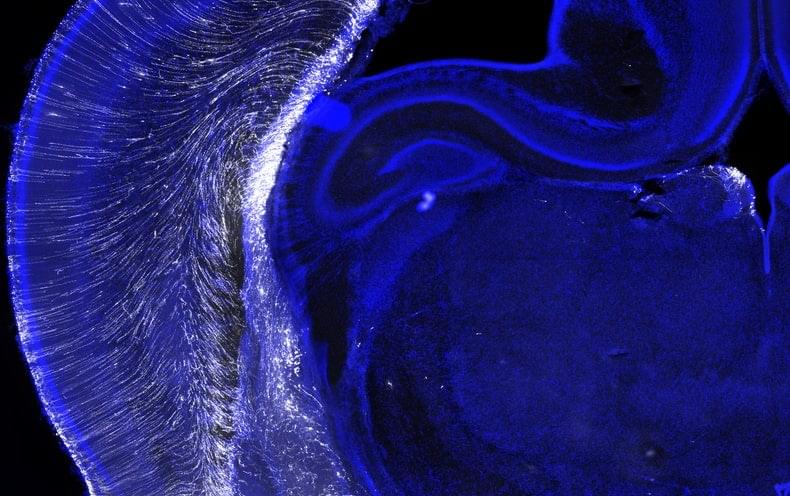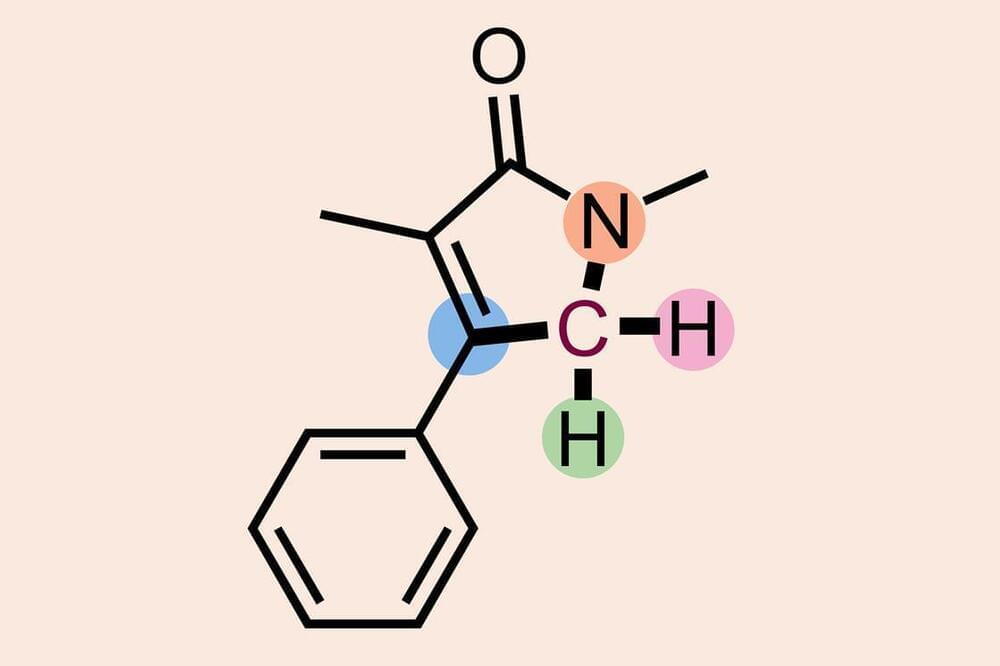The Nobel Prize in physics this year has been awarded “for experiments with entangled photons, establishing the violation of Bell inequalities and pioneering quantum information science”.


The Nobel Prize in physics this year has been awarded “for experiments with entangled photons, establishing the violation of Bell inequalities and pioneering quantum information science”.

This article is based on accredited medical, science, and media reports. Disclaimer: I am not a scientist. I will share knowledge but will offer no personal opinion on this matter herein.
All listed theories and facts shared within this article are fully-attributed to said outlets, including Wikipedia.org, NeuroscienceNews.com, and TheDailyBrief.com.
The origins and workings of consciousness have remained among science’s greatest unanswered mysteries. How did it begin? What sparks it?

Neurologist Christopher Walsh discovered genes that direct cerebral cortex development. We asked him what they reveal about intelligence, psychiatric disorders, and the nature of being human.
This article was produced for The Kavli Prize by Scientific American Custom Media, a division separate from the magazine’s board of editors.



A jury found Elon Musk not liable for costing investors when he issued a series of tweets saying he had “secured” funding to take the electric car maker private.
The Friday verdict, issued by a nine-person Northern California jury, represents a legal victory for the 51-year-old billionaire, who has seen the value of his Tesla holdings decline some 44% over the past year.
During the trial, Musk personally took the witness stand to defend the tweets, testifying he believed he had a handshake agreement in 2018 with Saudi Arabia’s Public Investment Fund to convert Tesla, which is a publicly traded company, into a private one. It was the Saudis, he said, who subsequently reneged on the deal.
…however I found that the trial brings up the practice of short selling, which is why since the 2007 financial crisis has been made illegal everywhere but the USA. For shot sellers to actually try to sue someone is bizarre.



Evolution’s rapid pace after the Cambrian explosion
Though the work of Schopf and other paleobiologists continues to fill in the Precambrian fossil record, questions remain about the pace of the Cambrian explosion. What triggered life to evolve so fast?
The question has intrigued scientists of many disciplines for decades. Interdisciplinary collaboration has wrought a wealth of evidence from diverse perspectives — geochemical, paleoenvironmental, geological, anatomical, and taxonomic — that describes how biological organisms evolved in concert with changing environmental conditions.
